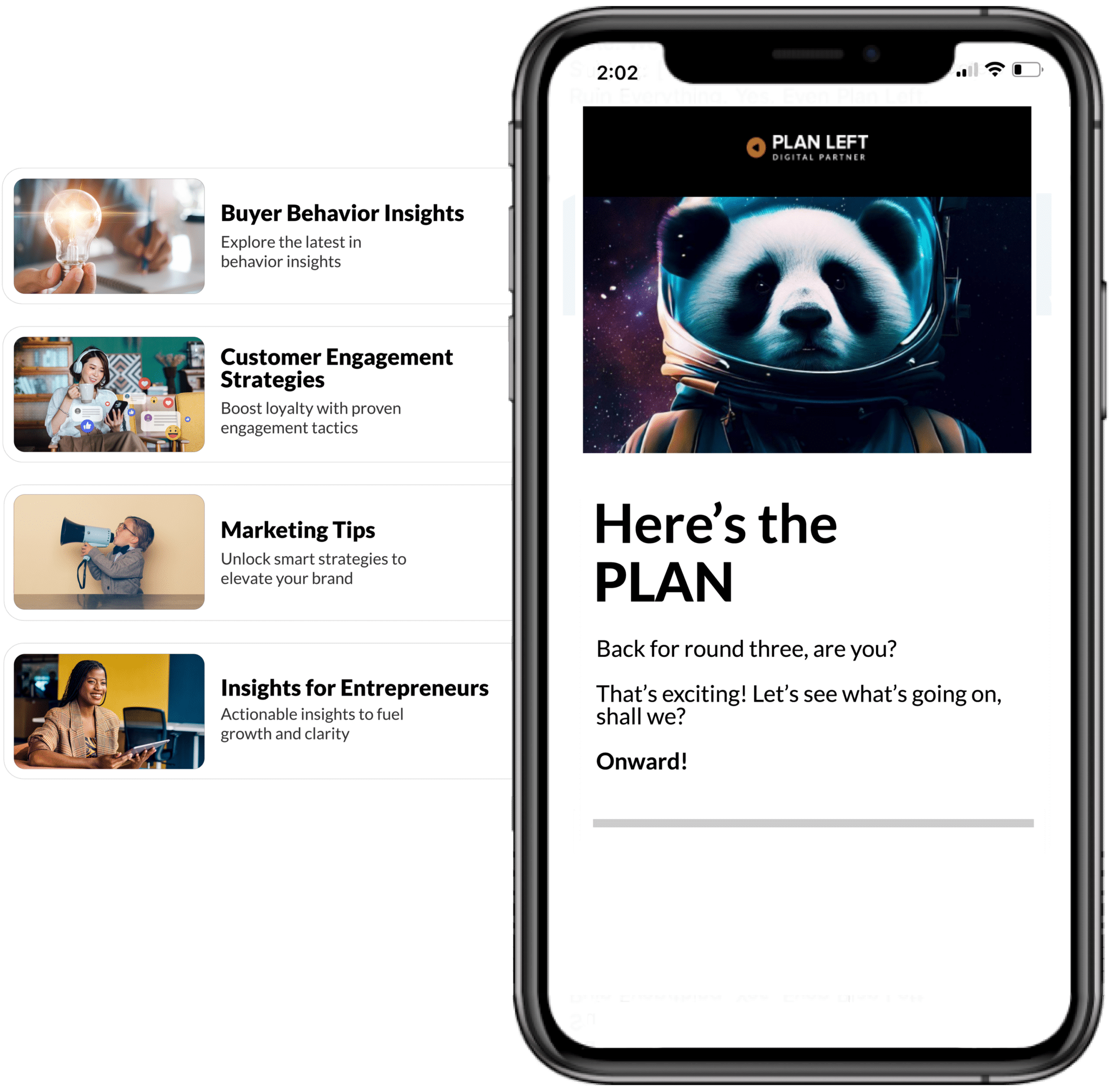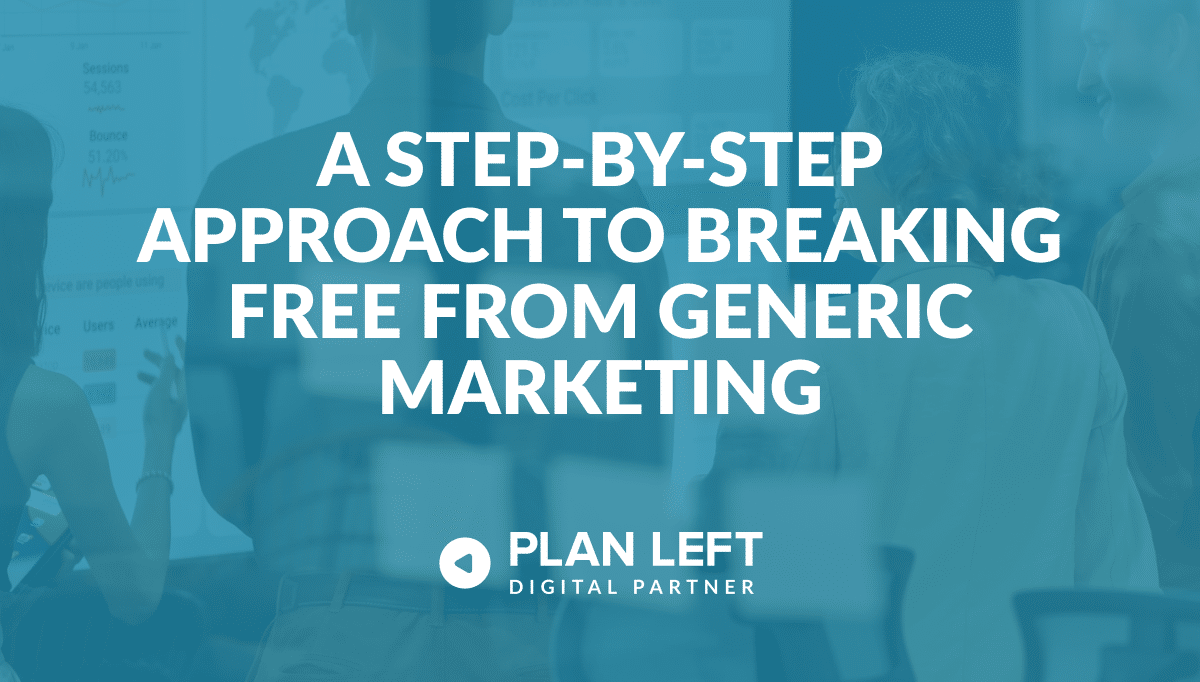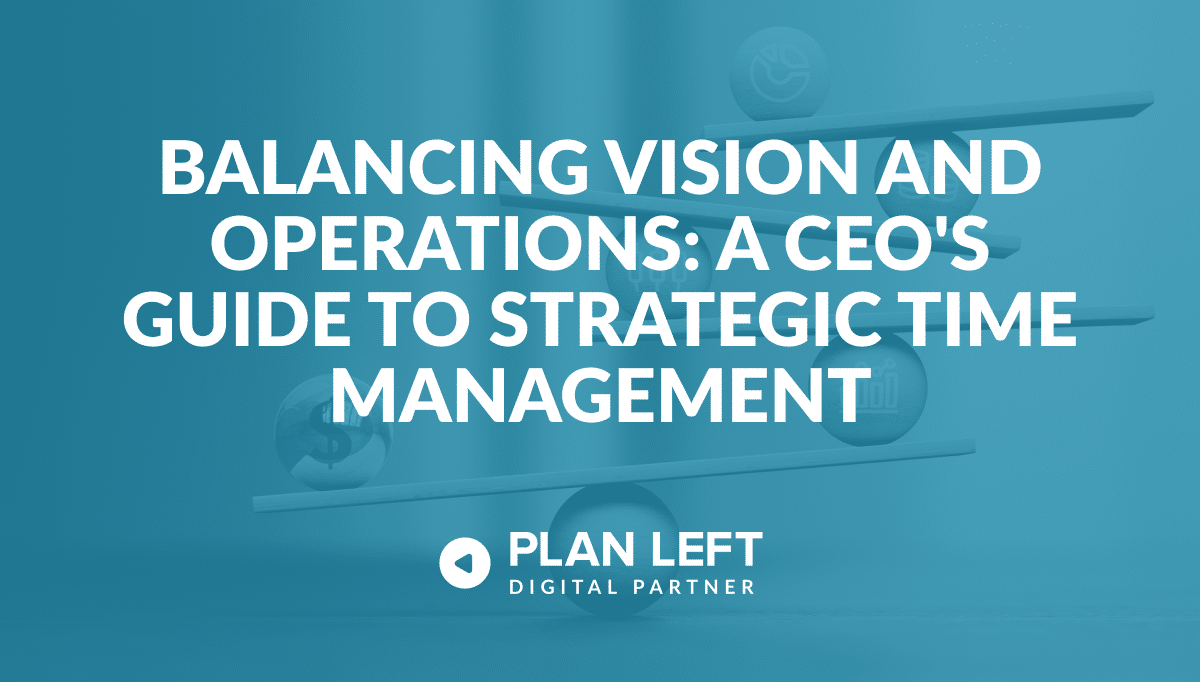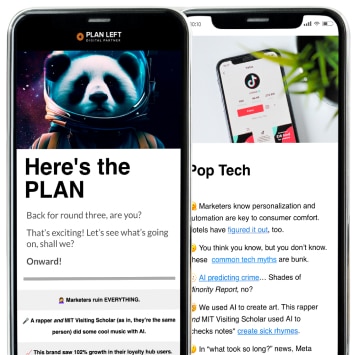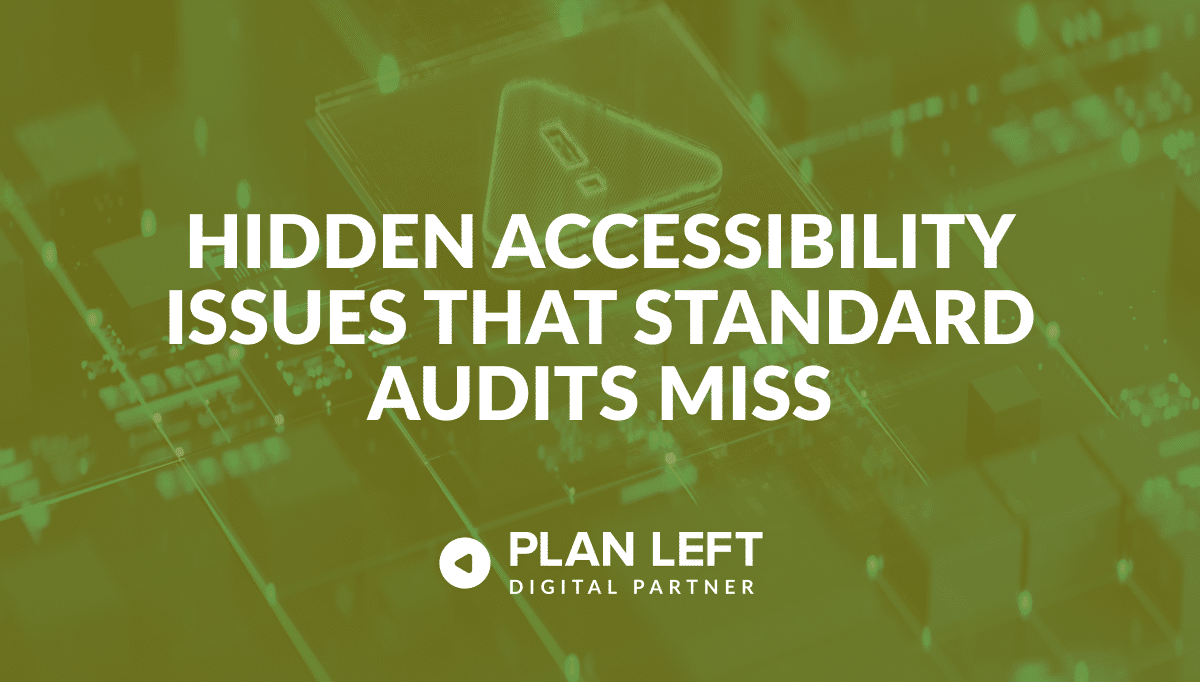
Your website passes every automated accessibility check, meets WCAG compliance standards, and earned a perfect score on your latest audit. Yet users with disabilities still struggle to navigate your digital experience. This disconnect reveals a critical gap in how we approach digital accessibility—standard audits only scratch the surface of creating truly inclusive experiences.
Beyond the Basics: Redefining Accessibility Evaluation
Traditional accessibility audits operate like medical checkups that only test for obvious symptoms while missing underlying conditions. These standard evaluations focus heavily on technical compliance, scanning for missing alt text, proper heading structures, and color contrast ratios. However, the true landscape of digital inclusivity is far more nuanced and complex.
The Limitation of Checklist Compliance
The complexity of digital inclusivity extends far beyond what automated tools can detect. Real users interact with websites in ways that defy predictable compliance checklists. A voice recognition user might struggle with a form that technically meets all accessibility guidelines but lacks proper focus management. Similarly, a user with cognitive differences might find a navigation system overwhelming despite its perfect semantic markup.
Checklist compliance falls short because it treats accessibility as a binary state—either compliant or non-compliant—rather than recognizing it as a spectrum of user experience quality. This approach misses the nuanced ways people with different abilities actually engage with digital content.
Subtle Barriers in User Experience
Hidden accessibility issues often emerge from the intersection of multiple design decisions that individually seem harmless but collectively create significant barriers. Consider a user with limited motor control trying to complete a multi-step checkout process. While each form field might be perfectly accessible in isolation, the cognitive load of managing multiple inputs can create an insurmountable challenge.
Key Hidden Accessibility Challenges
- Visual Design Complexities:
- Layouts relying heavily on spatial relationships
- Animations that disorient users with vestibular disorders
- Micro-interactions creating cognitive overload
- Interaction Design Barriers:
- Buttons requiring precise cursor control
- Search functions that don’t accommodate typos
- Non-standard interface controls
The impact of these seemingly minor design decisions compounds over time. For users encountering multiple barriers, these small issues accumulate into significant obstacles that drive frustration and site abandonment.
Advanced Detection Strategies
Comprehensive accessibility testing requires approaches that go beyond automated scanning. User testing with people who have diverse abilities provides insights that no technical audit can replicate.
Holistic Assessment Techniques
Advanced evaluation methods include cognitive walkthroughs that simulate different mental models and capabilities. Instead of simply checking whether a feature works with assistive technology, these assessments examine whether interaction patterns align with how people with different abilities think and process information.
Environmental context plays a crucial role that standard evaluations ignore. A user employing voice control in a noisy environment faces different challenges than someone using the same technology in a quiet space. Comprehensive testing considers these real-world variables that significantly impact user success.
Transforming Challenges into Opportunities
When businesses invest in identifying and addressing subtle accessibility challenges, they often discover solutions that benefit all users. Enhanced focus management improves keyboard navigation for everyone. Clear, consistent interaction patterns reduce cognitive load across all user groups.
Strategic Benefits of Comprehensive Accessibility
Creating truly inclusive digital experiences requires shifting from compliance-focused thinking to user-centered design. This approach treats accessibility as an integral part of user experience, resulting in digital products that feel more intuitive, forgiving, and adaptable to diverse needs.
The business value extends beyond risk mitigation. Organizations excelling at inclusive design often report:
- Improved customer satisfaction
- Reduced support costs
- Enhanced brand reputation
- Competitive advantages in talent acquisition and customer loyalty
The Future of Inclusive Digital Design
The evolution toward truly inclusive digital design requires embracing a continuous improvement mindset. This approach treats accessibility as an ongoing conversation with your user community rather than a problem to be solved once and forgotten.
Accessibility will become increasingly important as digital experiences become more central to how we work, learn, and connect. The future belongs to businesses that understand accessibility not as a constraint on creativity, but as a catalyst for innovation.
By addressing the hidden challenges that standard audits miss, we create digital experiences that truly empower all users to achieve their goals with dignity and independence. This transformation requires moving beyond checklist thinking to embrace the complex, nuanced reality of human diversity in digital spaces.
Explore Latest Posts
Breaking Free from Marketing Silos: Why Community Matters for Business Growth Every entrepreneur knows the weight of making decisions alone. ... read more
December 11, 2025
A Step-By-Step Approach to Breaking Free from Generic Marketing Enterprise marketing leaders face the challenge of standing out among countless ... read more
December 9, 2025
The constant tug-of-war between strategic vision and operational demands defines the modern CEO experience. While your company's future depends on ... read more
December 4, 2025
Essential Strategies for Entrepreneurs
Get Actionable Business Insights & Marketing Tips
Our newsletter delivers real-world strategies from entrepreneurs who’ve been exactly where you are.
Sign up now for:
- Actionable growth strategies that work
- Insider tactics for attracting top talent
- Real-world case studies from successful founders
- Emerging tech trends that drive innovation
- Pragmatic marketing approaches for visionary leaders
